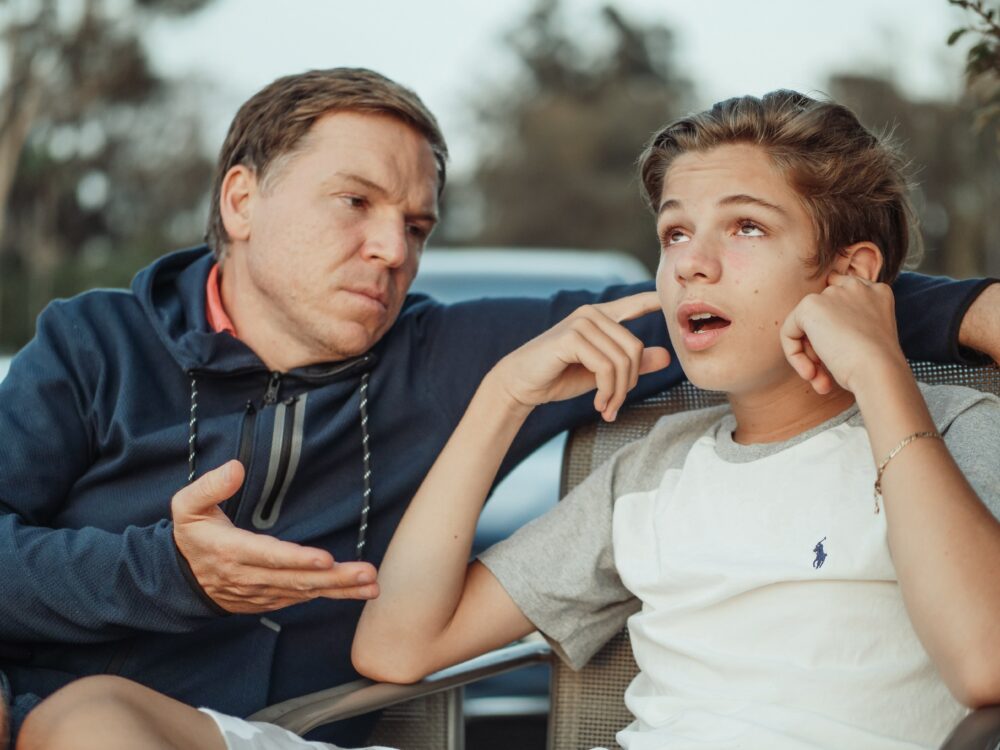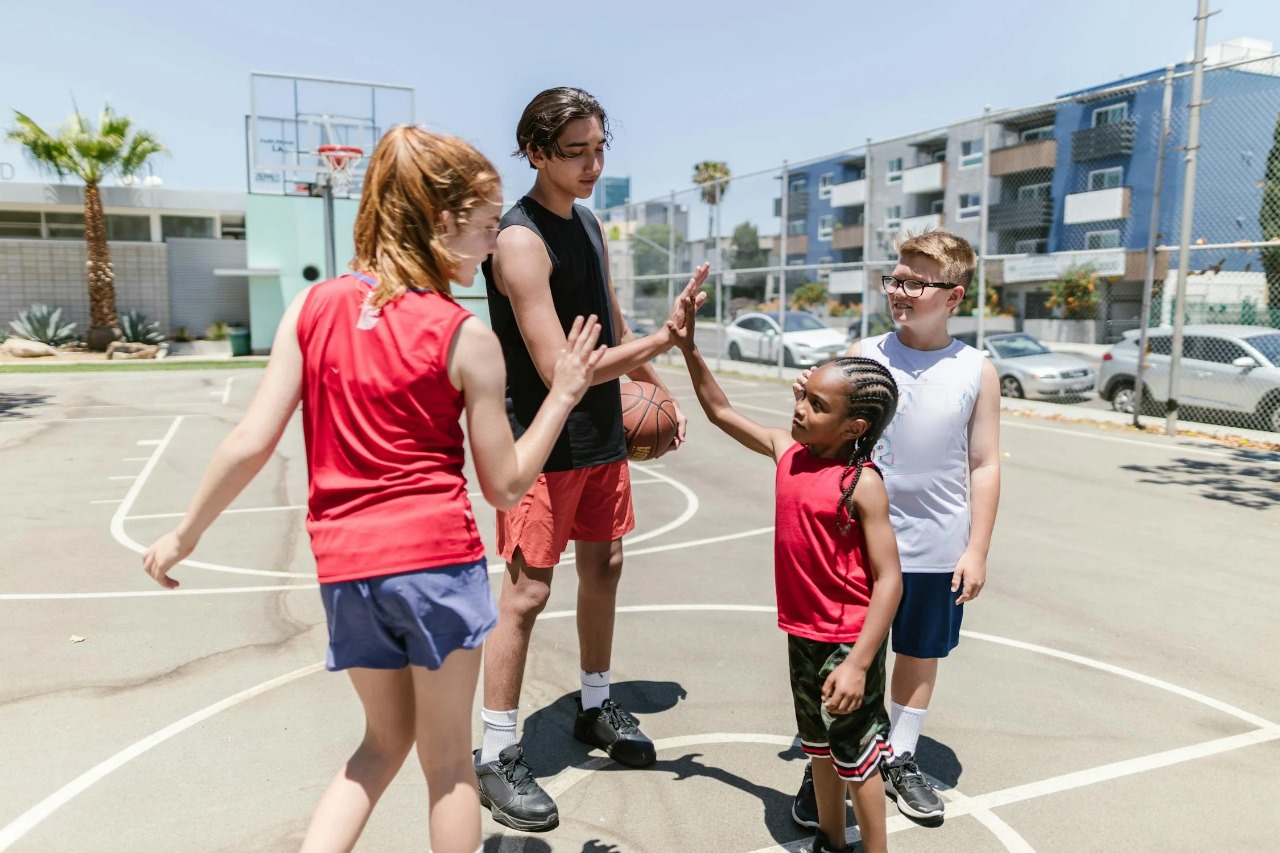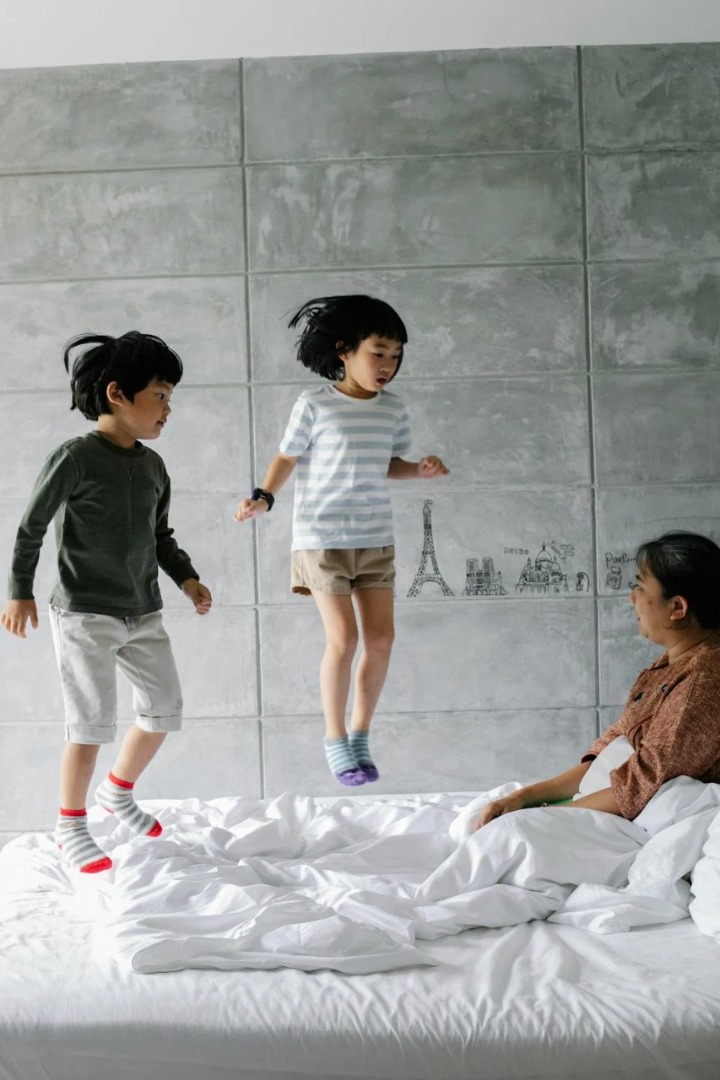
Compliance or Consideration:
The Dangerous Truth About Obedience
Did you know April is National Child Abuse Prevention Month? This month recognizes the importance of families and communities working together to prevent child abuse and neglect. Abuse doesn’t always leave bruises on the outside — it can come in many forms.
For many parents, the thing they wish for most is the ability to control their kids, ideally with a remote control! They are tired of every request turning into a shouting match, and just want the room cleaned, or the dishes done.

When I guide parents through the world of conscious parenting for the first time, many parents are often unsure or hesitant about the idea of abandoning rewards and punishments with their children. They feel that if they don’t reward the behaviors they want more of then they won’t happen again and that if they don’t punish their children when they misbehave they will keep doing the wrong thing and that they are being permissive, that their kids will not learn right from wrong, and by indulging bad behavior their children will fail to grow up and be good citizens. My question to them is, “Why do you want to teach your children to be obedient and reward them for doing as they are told?”
The intent behind my question is to help parents realise that what they really want are children who are considerate of other people’s feelings and needs rather than obedient and compliant. Dr Marshall Rosenberg said two questions that reveal the limitations of punishment are:(1) What do I want this person to do? (2) What do I want this person’s reasons to be for doing it? Punishment and reward interfere with people’s ability to do the things motivated by the reasons we would like them to have.
Children who are taught compliance will only clean their rooms when you ask and likely with resentment or possibly they have learned to be a people pleaser. However, children who are taught consideration are able to recognise when their room is getting messy, understand how important having a clean home is (if not to them to you), and clean it without you having to ask! In essence, children who are raised with consideration have the ability to think about the effect of their actions on others, and choose behaviors sometimes because they have adopted the value themselves and at other times out of consideration for others values.
Understanding the difference between true consideration and compliance, and which one we are fostering in our children, is one of the cornerstones of conscious parenting. Traditional, behaviourist parenting models propose that children should be quiet and subservient to the adult. In fact, as a society, we are so conditioned to believe that children should just behave that we don’t stop to think about the ramifications of those teachings. Do we want children to learn to blindly obey individuals they perceive to have authority over them?
Dr. Louise Porter wrote, “Throughout human history, children have always been considered the property of their parents, to do with as they wished. Therefore, child abuse has long been a feature of all societies, with the killing of children, child sacrifice, mutilation, enslavement and sexual abuse all socially condoned in Western societies until the 4th century CE and still practised in many industrialising societies today. Infanticide was widely practised; once it began to be discouraged, abandonment became common. The result was that more European children died from abandonment than from the combined plague epidemics. This history still casts its shadow on modern life.”
Types of Abuse
Child maltreatment comprises neglect of children’s physical or emotional needs, and physical, emotional and sexual abuse. Of these types, neglect constitutes more reported cases than the other forms in total, although emotional abuse is probably the most pervasive but more difficult to quantify and thus report. Many children suffer from multiple forms of abuse simultaneously which complicates calculation of the rate of child abuse with estimates varying. Researchers propose anywhere from 20% to over 50% of children aged 2–17 experienced two or more varieties of victimisation. These types spanned physical assault, peer or sibling victimisation, property victimisation, witnessing another being victimised, sexual assault and physical maltreatment.
Child maltreatment comprises neglect of children’s physical or emotional needs, and physical, emotional and sexual abuse. Of these types, neglect constitutes more reported cases than the other forms in total, although emotional abuse is probably the most pervasive but more difficult to quantify and thus report. Many children suffer from multiple forms of abuse simultaneously which complicates calculation of the rate of child abuse with estimates varying. Researchers propose anywhere from 20% to over 50% of children aged 2–17 experienced two or more varieties of victimisation. These types spanned physical assault, peer or sibling victimisation, property victimisation, witnessing another being victimised, sexual assault and physical maltreatment.
Sexual abuse involves the exploitation and coercion of children by someone more powerful than them. Most childhood abuse is perpetrated by someone familiar to the victim. In many cases, this is a parent or another close friend or relative, such as older siblings or their adolescent friends.
The first measure for supporting children is to remember: “I wouldn’t have seen it if I hadn’t believed it” and realise it is rare that children will disclose directly that they are being abused, instead they may give vague hints or display some signs that we don’t want to ignore as doing so increases the chances of the abuse recurring to this child and others in the perpetrators life.
Steps to take:
(1) If you see unusual injuries ask how it happened and do not believe implausible explanations. Let children know that if someone told them not to tell anyone, let them know it is wrong for anyone to tell them to keep a secret forever and they can talk to you about anything. Encourage them to talk but do not force them.
(2) Reassure children that help is available, but never promise to keep the abuse a secret or suggest that they should forget about what has happened. Their trust has been violated and they need protection from a recurrence.
Abused children will need emotional support to surmount the adversity and injustice they have endured. Children who have been maltreated tend to withdraw, with the result that they are often overlooked or ignored in educational or care settings. Alternatively some behave disruptively or with aggression. By school age, perhaps 70% of children experiencing behavioral problems have suffered abuse or neglect. In response, their interactions with teachers often comprise coercive discipline such as punishment for “bad” behavior. This adds yet another layer to the abuse they have already endured. Therefore, it will be important to ensure that you do not respond to their provocative behavior with controlling discipline.
Some guidance measures include the following:
- Listen to and validate their feelings, this will affirm they are valued.
- Allow them to be assertive about meeting their needs.
- Avoid all praise and other rewards that cultivate an external locus of causality, that is low self-efficacy
- Deliver no punishment when children behave disruptively or aggressively, but instead help them regain command of their emotions by them taking time away from the setting, doing something soothing, thereby teaching them to practise handling emotional arousal.
As always, if you need a safe space to discuss any suspicions, my door is open.
Love and Blessings,
Katherine
P.S. Looking for a little mid-week guidance with your conscious parenting journey? We have good news! Katherine and our resident pediatrician, Dr. Lauren Fulkerson, have returned with Tuesday Tips in our private Facebook group!
- Beyond Obedience: Embracing Consideration in Conscious Parenting - April 22, 2024
- Raising Champions of Character: Cultivating Empathy, Good Sportsmanship, and Integrity in Children - April 16, 2024
- What Does Easter Mean to You? - April 2, 2024







